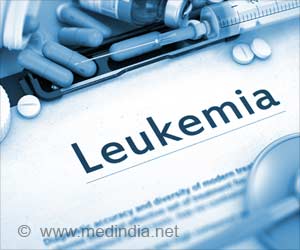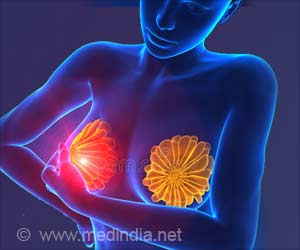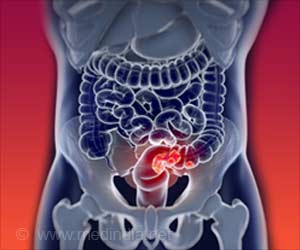Oxford University researchers are trying to develop a technique of killing cancer cells using the energy released when bubbles break.
Oxford University researchers are trying to develop a technique of killing cancer cells using the energy released when bubbles break. The researchers have come up with a device to beam waves of ultrasound into the body that would generate bubbles at the site of tumours. When these bubbles break they release heat that kills the cancerous cells.
The research team at the University of Oxford has developed a device to beam waves of ultrasound into the body, generating bubbles at the location of a tumour. When these bubbles pop, they release energy as heat - killing cancer cells.The team is planning to apply the new method in clinical trials as it may help in the treatment of patients with kidney and liver tumours.
These clinical trials of the new device High Intensity Focused Ultrasound (Hifu) are being conducted at the Churchill Hospital in Oxford.
Hifu is a non-invasive technique and studies have revealed that it is at least as effective as surgery, without the risks of opening up the patient. Therefore, it also limits the damage to healthy tissue, which occurs in radiotherapy.
However, by harnessing the energy released by the bubbles that form when tissue is exposed to intense ultrasound waves, the team said that they could provide faster and better-targeted Hifu treatment.
Till now, the trials have mainly involved terminal patients with isolated tumours in the liver and kidneys - organs that can be most difficult to reach with surgery.
In the new device, ultrasound waves from outside the human body are brought to a focus inside the body, causing intense local heating, which kills cells.
First limitation is that it is very slow: it takes up to five hours to treat a 10cm tumour, compared with the 45 minutes or so it takes a surgeon to cut the tissue out and secondly, clinicians are working in the dark: without invasive surgery, the results can only be assessed after the treatment is over.
By harnessing the tiny bubbles that form in tissue when it is exposed to focused ultrasound, the team found they could boost the heating effect by factor of 6-10 compared with conventional Hifu treatment.
Pioneered by Dr Constantin Coussios from Oxford's Biomedical Ultrasonics and Biotherapy Laboratory (BUBL), the enhanced technique is based on a principle called inertial cavitation.
"Phantom", a gel that mimics the properties of tissue, is used in tests.
Hifu uses relatively low-frequency ultrasound, which allows clinicians to treat tumours deep inside the body. These low-frequency waves also generate bubbles in the fluid that infuses tissue.
The bubble continues to grow until it reaches a critical pressure threshold. It then expodes and redistributes the energy as high-frequency "broadband noise" - effectively triggering a miniature explosion.
The energy from this little bang gets absorbed locally, so that tumour cells are killed, but healthy tissue is left unscathed.
"I like to call it the 'energy shovel', because it allows us to grab this energy and use it where it is needed, delivering it as heat," BBC quoted Constantin Coussios, as saying.
While bubbles are created spontaneously when ultrasound is focused on a target inside the body, these bubbles normally form and burst very quickly.
In order to achieve the effect the team is aiming for, they need to keep the tissue bubbling long enough to heat it beyond 45C, the temperature threshold at which cells start to die.
Their solution is a machine that beams ultrasound waves into the body and also has a highly tuned sensor at its centre. The sensor can "hear" the tiny bubbles bursting - a sound which is a thousand times too high for dogs, let alone humans.
Presently, temperature changes in tissue are used as an indication of the success of Hifu treatment. But by the time these can be picked up, tissue in the focal region - and sometimes-healthy tissue surrounding it - has often boiled.
"If we can use cavitation to accelerate the treatment, better localise the treatment - meaning that you will never get pre-focal damage - deliver the treatment at a lower frequency so you can go deeper in the body, and if we can also use these bubbles to monitor the treatment in real time, we have solved all the major limitations of Hifu in one go," Coussios said.
Coussios said, the treatment is however not suitable for all types of tumour. Where the cancer has "metastased", or spread to other tissue, the therapy would probably not be effective.
He said he was working with a team at the Churchill Hospital to incorporate the technique he has developed into clinical Hifu trials currently underway there.
He said candidates for the procedure would generally be patients with isolated solid tumours in the kidneys or liver.
Source-ANI
MAR/P
 MEDINDIA
MEDINDIA
 Email
Email








